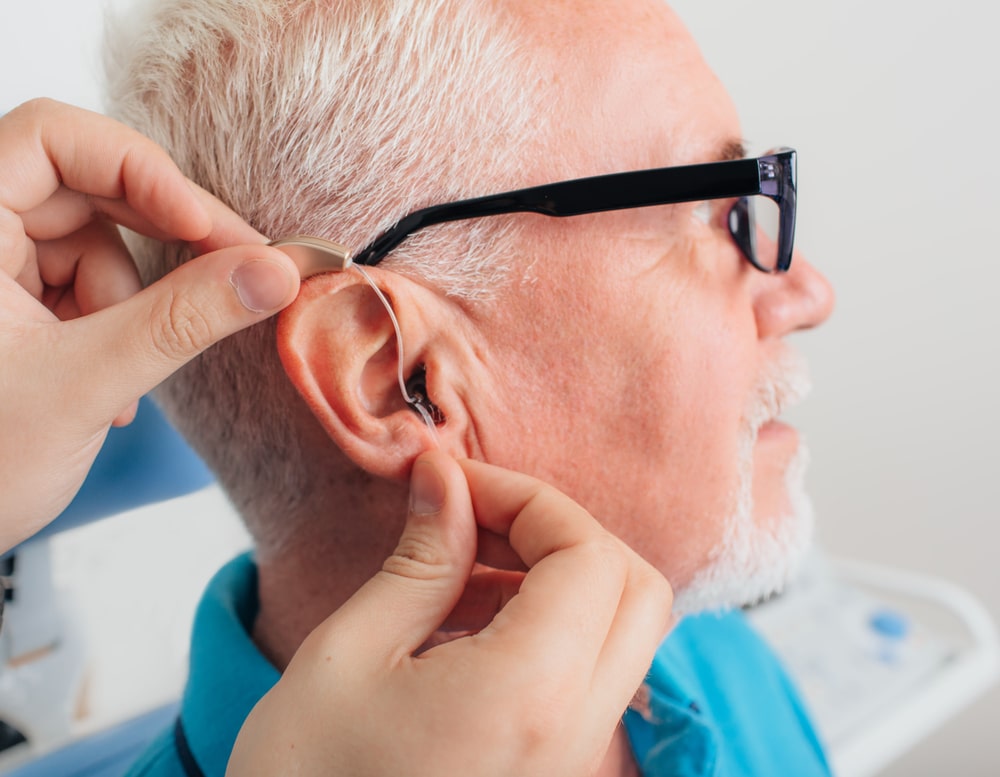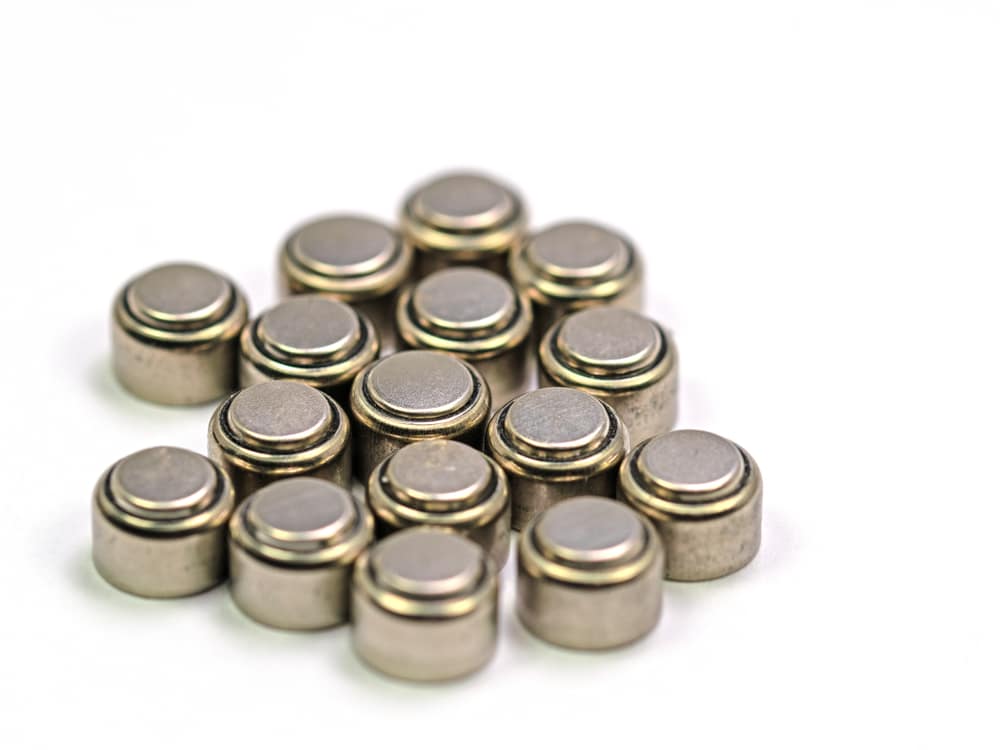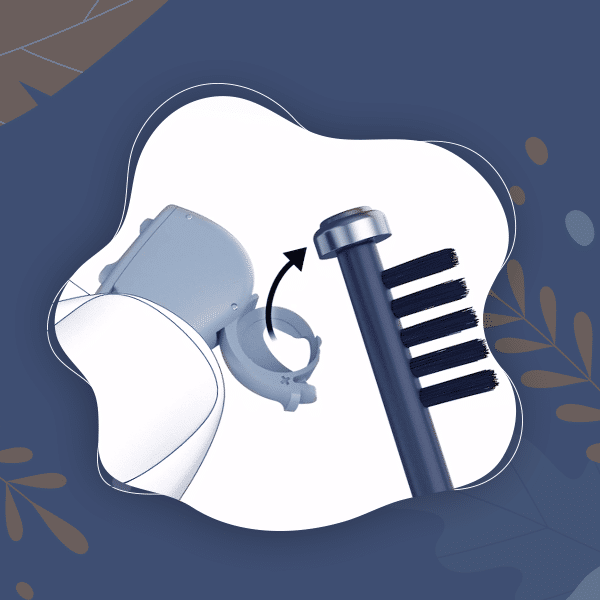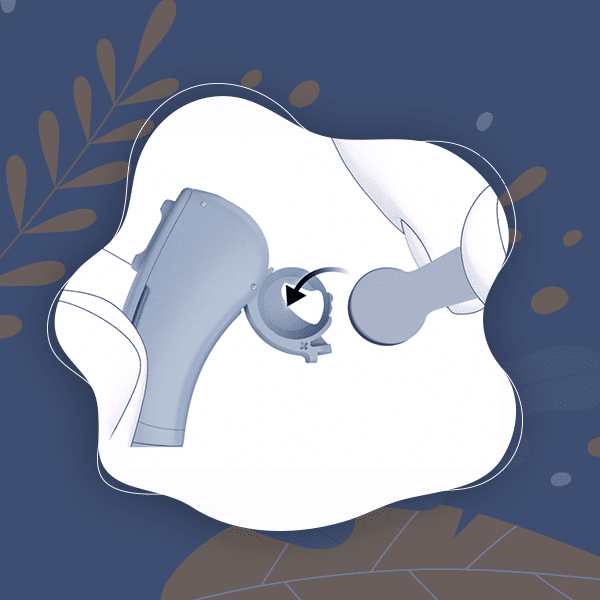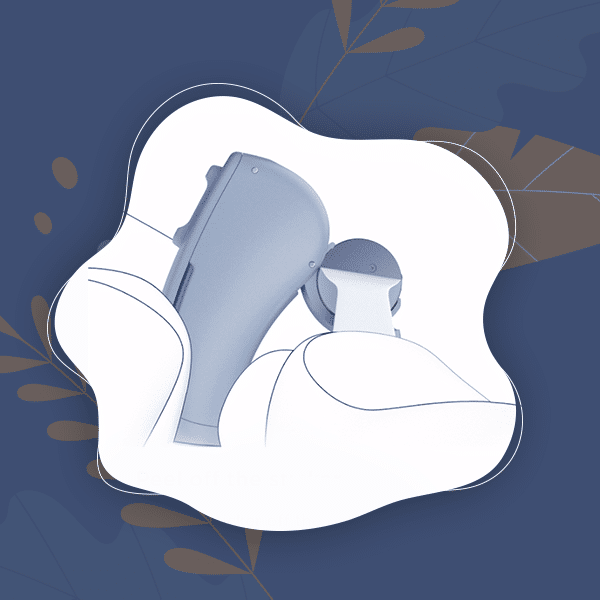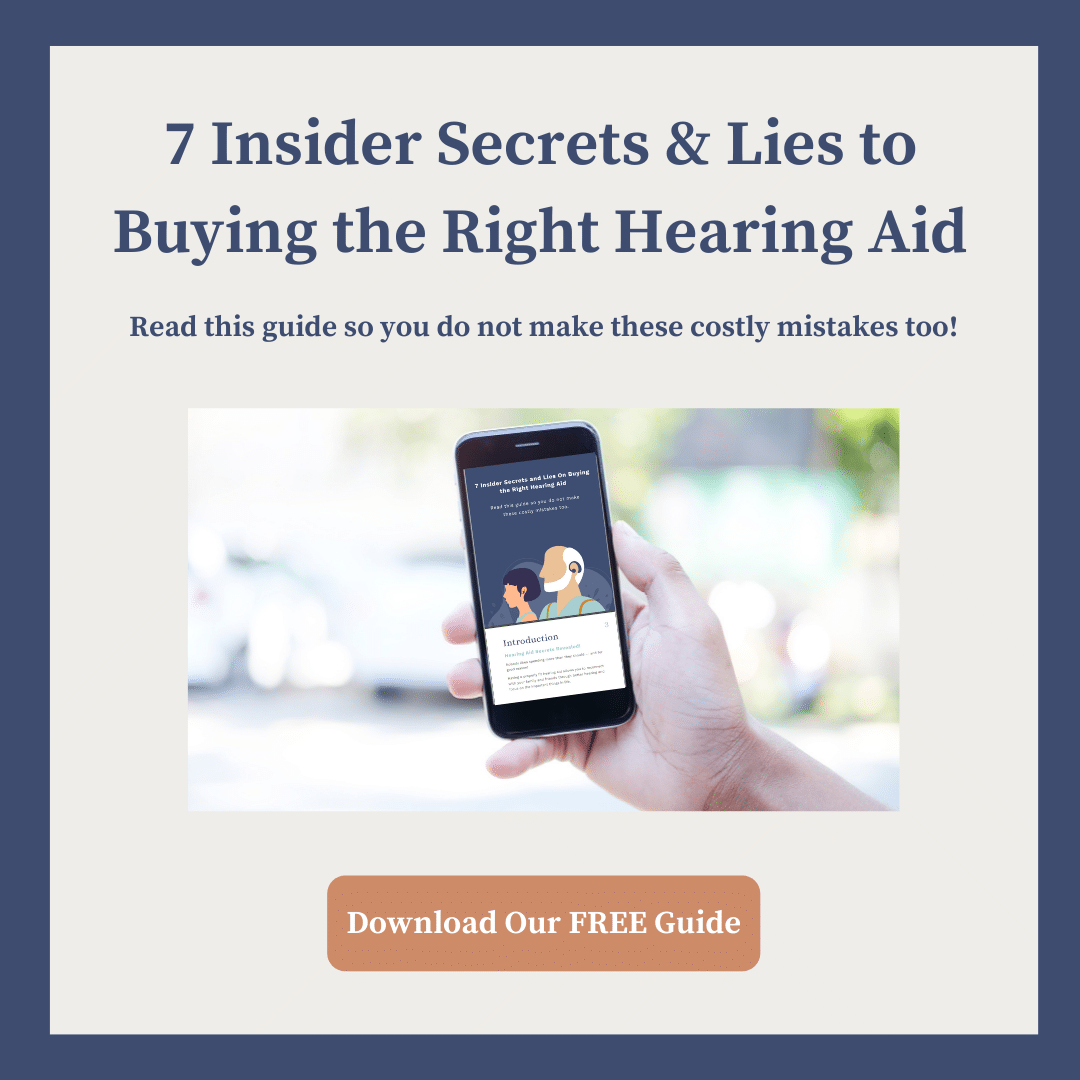When it comes to hearing aid performance, there are a variety of factors that can hinder a device from doing its job well. Chief among these is a proper fit.
What are Receiver-In-Canal Hearing Aids?
Receiver-in-canal (RIC) hearing aids are a style of hearing aid design that is characterized by a sound processing unit that sits behind the ear connected to a thin earpiece that is placed inside the ear canal. Unlike behind-the-ear styles, this connection is made with a wire as opposed to hollow tubing.
RIC hearing aids offer both an easily concealable profile as well as high-powered benefits like Bluetooth connection and rechargeable batteries for a highly versatile solution for hearing loss.
How to Put on Your RIC Hearing Aid
Because proper fit is so important to hearing aid function, take some time to really check if your hearing aid is placed correctly, especially if this is your first one or a new style. Performing a visual check helps confirm the feeling of the right fit so you won’t need to look every single time once you get used to it.
Get a mirror. Being able to see what you’re doing and how the hearing aid looks is key to getting the right fit. If you wear glasses, keep them on. If you have long hair, you may find it convenient to tie it back.
Identify right vs. left. Nearly all hearing aids are color-coded to keep track of right vs. left. Typically, the right corresponds with a red indicator and the left with blue.
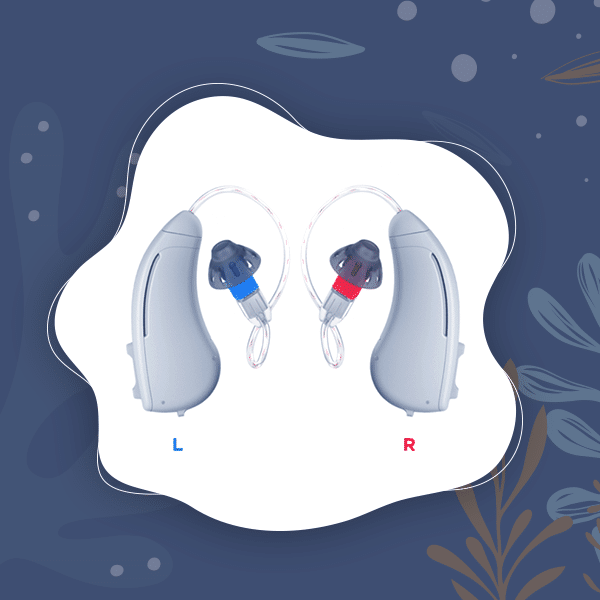
Place the hearing aid body. First, put the body of the hearing aid behind your ear, near the top of it. The cable attached to the ear tip should wrap around the top toward the interior of the ear. For those who wear glasses, place the hearing aids on top of the arms of your glasses.

Insert the ear tip. Push the earpieces into your ear canals until they are flush with the rest of your ear.
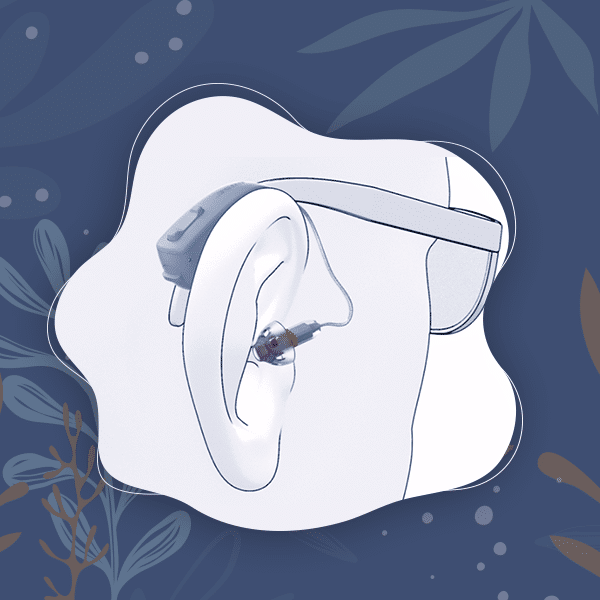
Check the fit. With your hearing aids in place, use a mirror to check the fit. Ensure that the body of the device is stable at the top of your ear, the eartip is deep in the ear canal, and the cable lies flat against the side of your head.
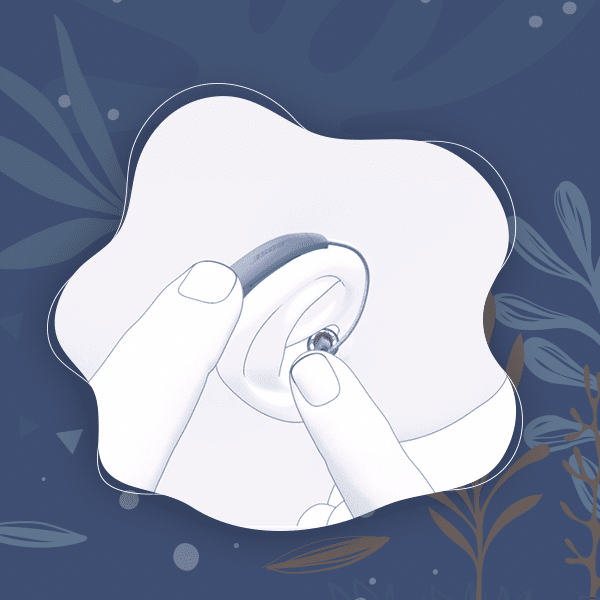
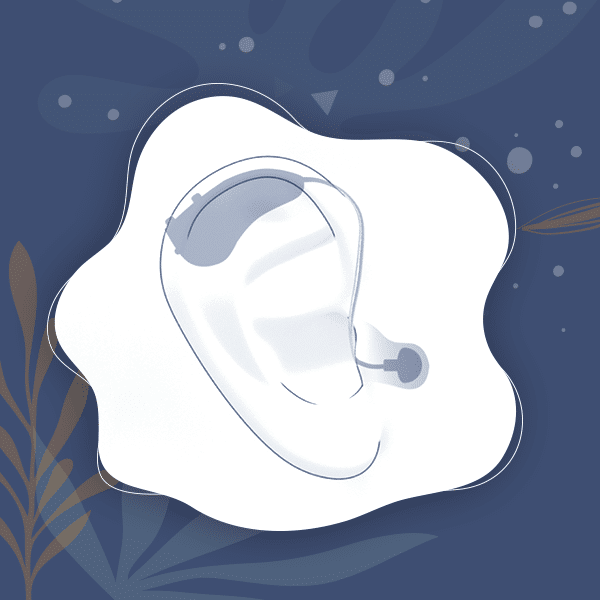
Other Hearing Aid Styles
At Hearing Doctors of New Jersey, we offer a full range of professional hearing aids of all styles. With vastly different sets of features, fit, and power, it always helps to have an expert’s opinion on what will work best for your hearing loss and lifestyle. After a comprehensive hearing assessment, our Doctors of Audiology can help you find a solution that’s personalized for your type of hearing loss, including a hearing aid of any style.
Hearing Solutions in Livingston, New Jersey
Still have questions about the proper fit of your RIC hearing aid? Learn more about hearing loss and hearing aids by downloading our FREE Insider’s Guide on how to finally hear better NOW.
